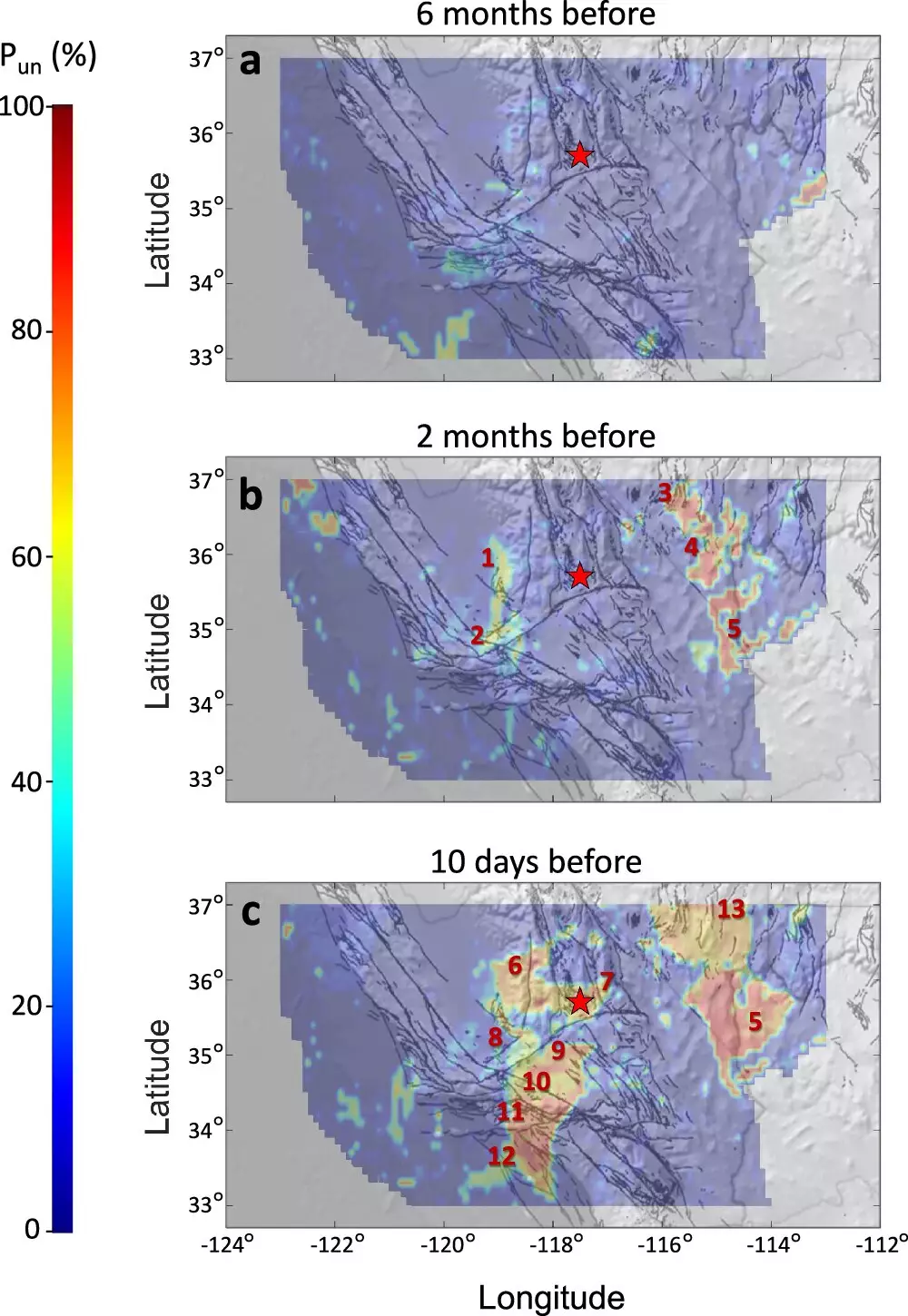Predicting major earthquakes has always been a challenge for scientists around the world. However, recent research conducted by a team led by Társilo Girona from the University of Alaska Fairbanks has shown promising results in earthquake forecasting. By utilizing advanced statistical techniques, particularly machine learning, Girona and his team have been able to identify precursors to large-magnitude earthquakes, potentially providing days or even months of warning to the public.
Girona and his team’s research focused on analyzing data from two major earthquakes: the 2018 Anchorage earthquake and the 2019 Ridgecrest, California, earthquake sequence. Through the use of a computer algorithm based on machine learning, the researchers were able to detect abnormal seismic activity in the region prior to the occurrence of these earthquakes. The algorithm analyzed datasets derived from earthquake catalogs to predict the likelihood of a major earthquake happening within a certain timeframe.
The study found that approximately three months of abnormal low-magnitude regional seismic activity preceded both the Anchorage and Ridgecrest earthquakes. This unrest was identified in about 15% to 25% of Southcentral Alaska and Southern California. Interestingly, the research revealed that most of the precursory seismic activity had magnitudes below 1.5, indicating that even minor seismic events can be indicative of a larger earthquake to come.
Girona and his team proposed a geologic cause for the low-magnitude precursor activity, suggesting that a significant increase in pore fluid pressure within a fault could be responsible. Pore fluid pressure refers to the pressure of fluid within a rock, and high pressure can potentially cause fault slip if it overcomes the frictional resistance between the rock blocks. This increase in pressure can lead to changes in the fault’s mechanical properties, resulting in abnormal variations in the regional stress field.
The researchers emphasized the positive impact of machine learning on earthquake research, stating that modern seismic networks produce vast amounts of data that can be analyzed to identify meaningful patterns. By leveraging machine learning and high-performance computing, researchers can potentially signal an impending earthquake with more accuracy. Girona highlighted the transformative role that advancements in machine learning can play in earthquake forecasting, potentially saving lives and reducing economic losses through early warnings and timely evacuations.
While the research shows promising results in earthquake forecasting, Girona acknowledged the challenges and ethical considerations associated with producing reliable forecasts. False alarms can lead to unnecessary panic and economic disruption, while missed predictions can have catastrophic consequences. The researchers emphasized the importance of testing their algorithm in near-real-time situations and training it with historical seismicity data specific to the region of interest before deploying it for forecasting purposes.
The groundbreaking research conducted by Girona and his team demonstrates the potential of advanced statistical techniques, particularly machine learning, in earthquake forecasting. By analyzing abnormal seismic activity and identifying precursors to large-magnitude earthquakes, researchers can provide valuable insights that could ultimately save lives and reduce the impact of these natural disasters.


Leave a Reply